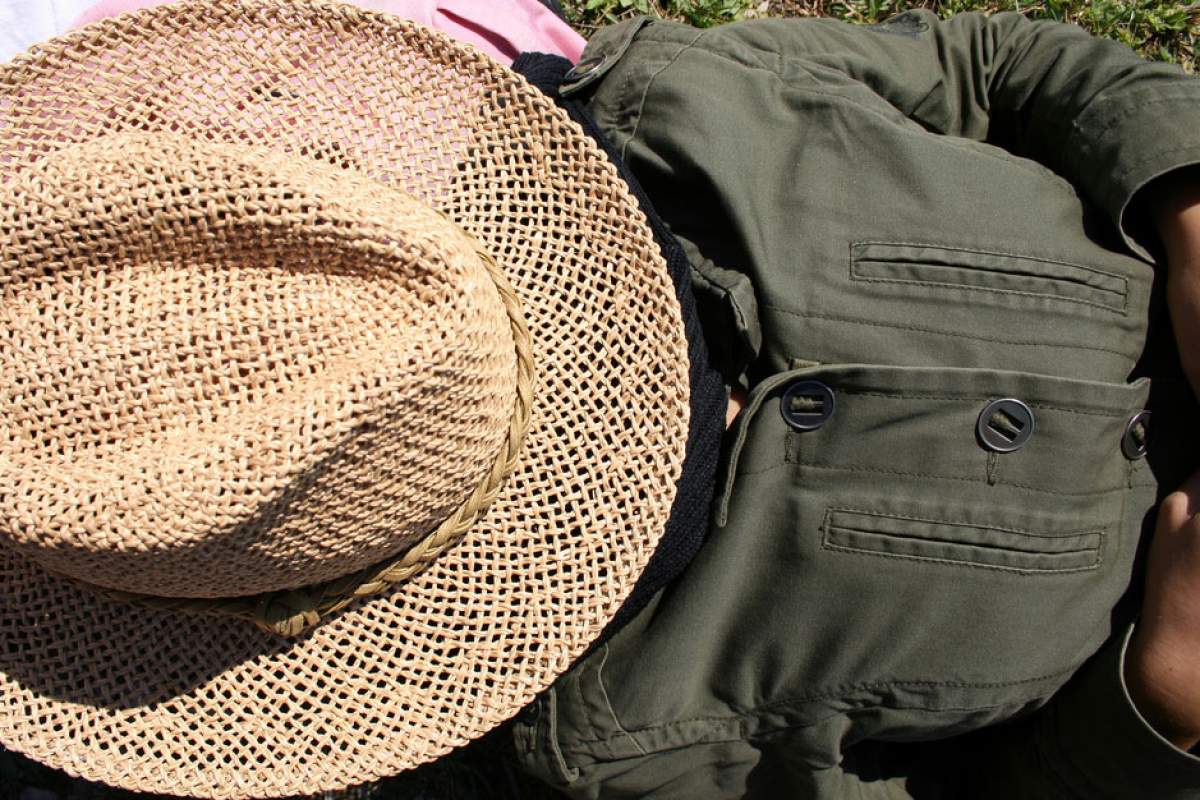
When you go back to work or class after lunch, why is it so hard to stay awake?
Although we get energy from food, we also use lots of energy to digest it. Your energy use increases 25-50% as you digest a meal. With all that action going on in the digestive system, the body sends extra blood to the gut to supply oxygen and other necessities.
How does the body know when to do this?
As food enters the stomach, the intestines secrete substances that dilate, or expand, the blood vessels that supply them with blood. As a result, more blood flows to the upper digestive tract, and there's a bit less to go around to the rest of the body. That might make your arms and legs and brain feel a little sluggish!
At the same time, the small intestine releases a hormone that activates the part of the brain that controls sleep, making you drowsy. Finally, the natural components in foods can also contribute to the snooze effect. Certain foods, especially carbohydrates, increase production of serotonin in the brain. Serotonin works both to stop sugar craving, and to make you very relaxed. The larger the meal, the more pronounced that feeling can be. With all of these physiological reasons why we might feel sleepy after eating, a siesta after lunch sounds like a brilliant idea, and maybe after dinner and breakfast too!









